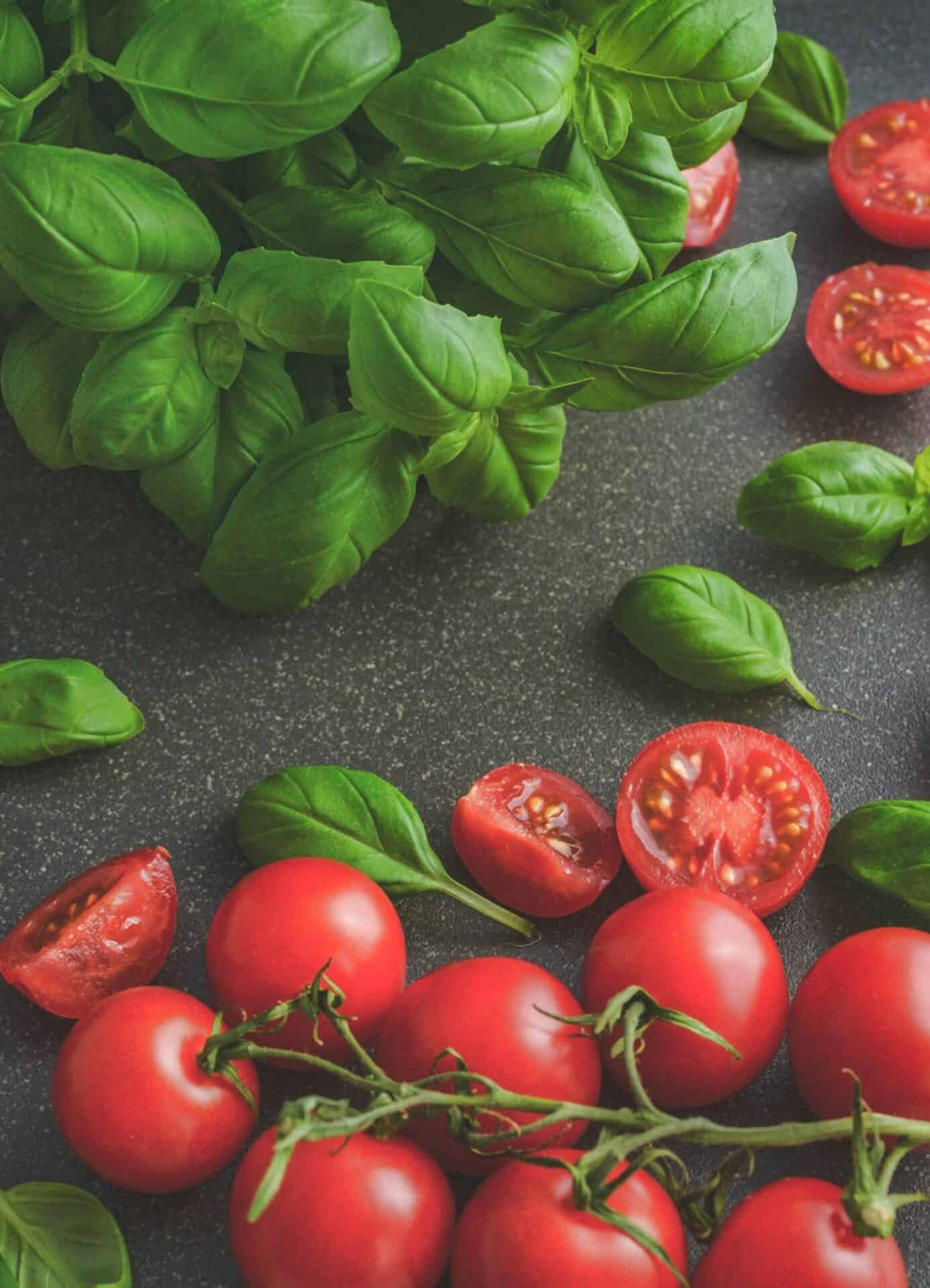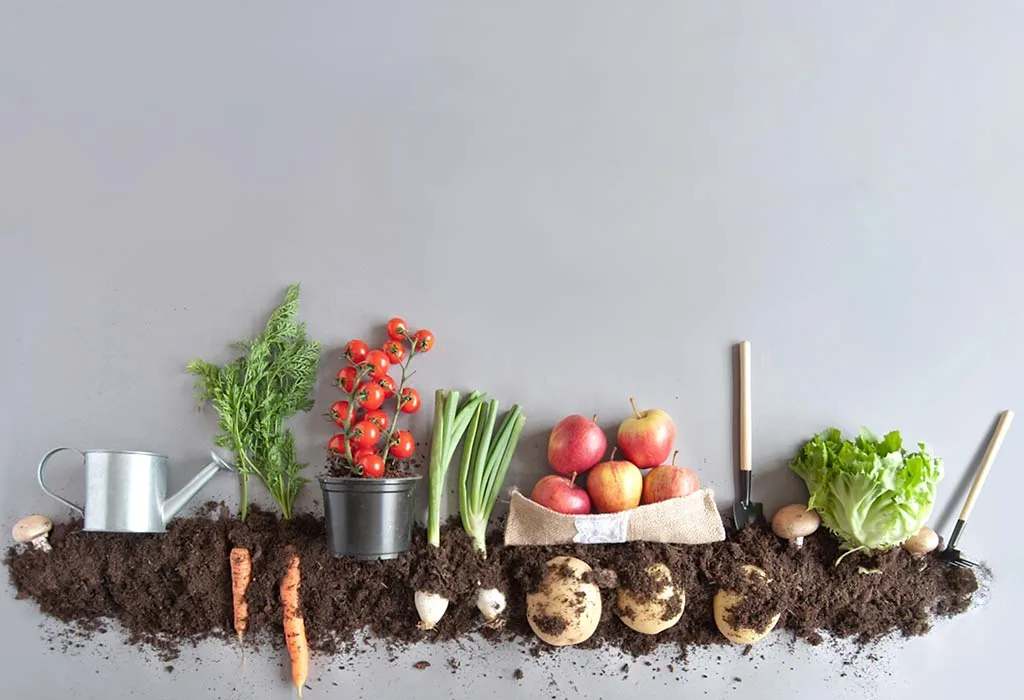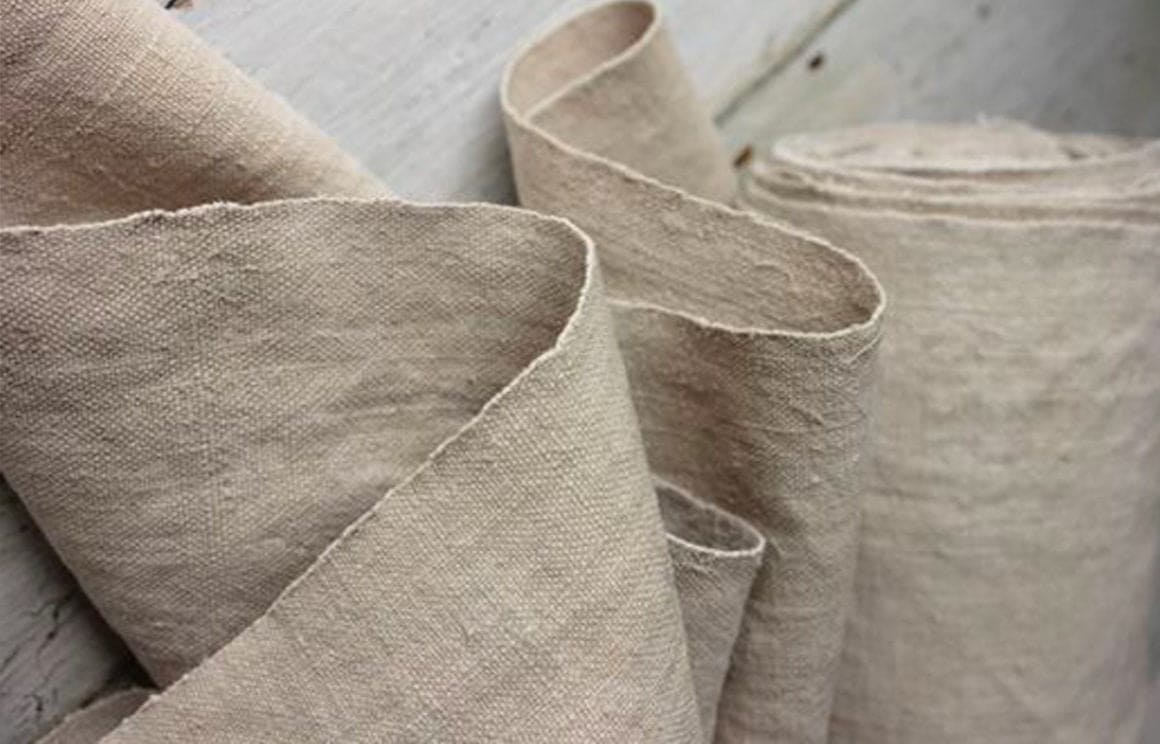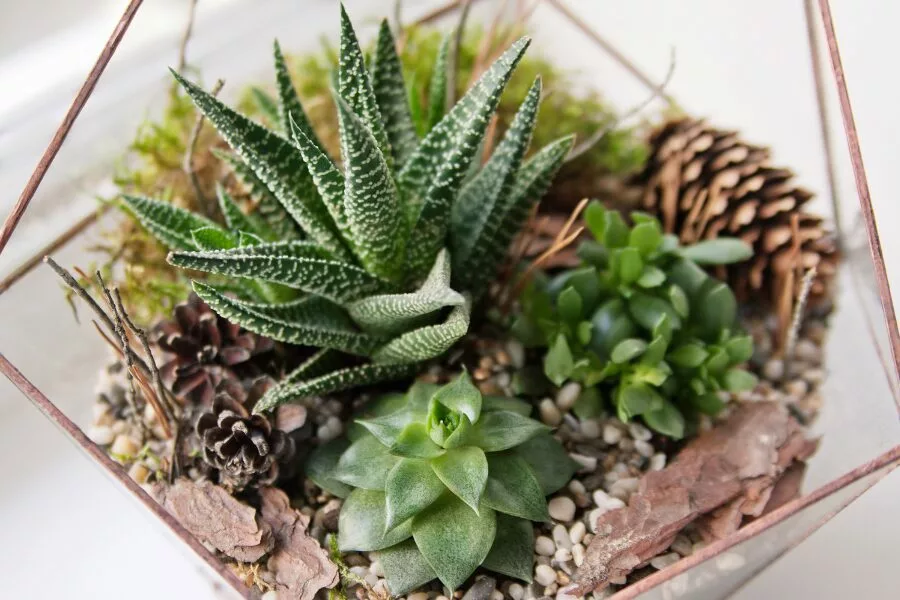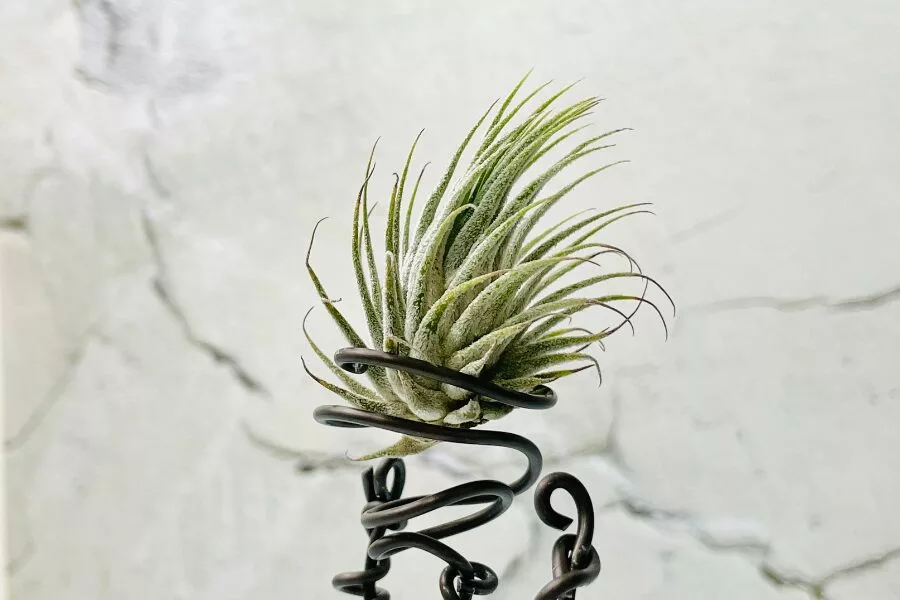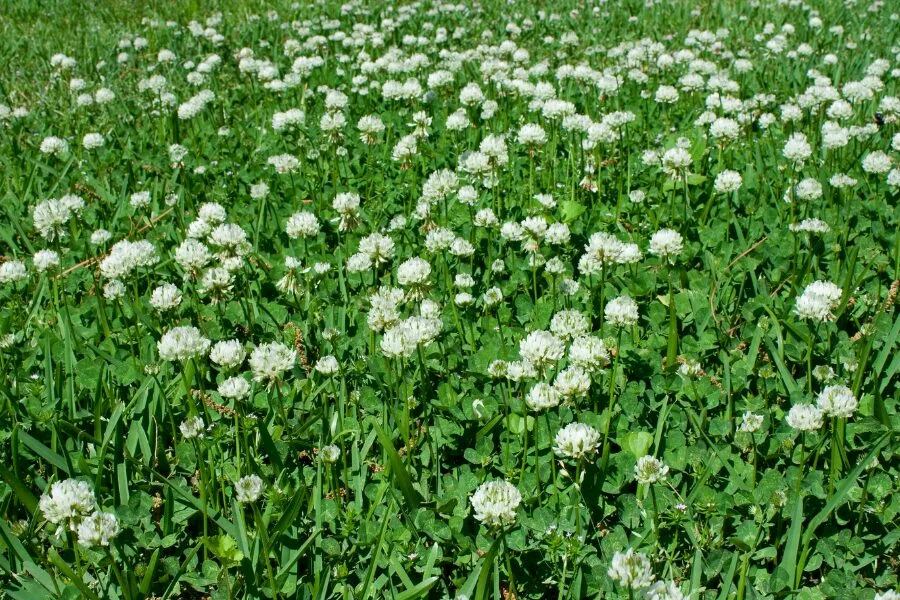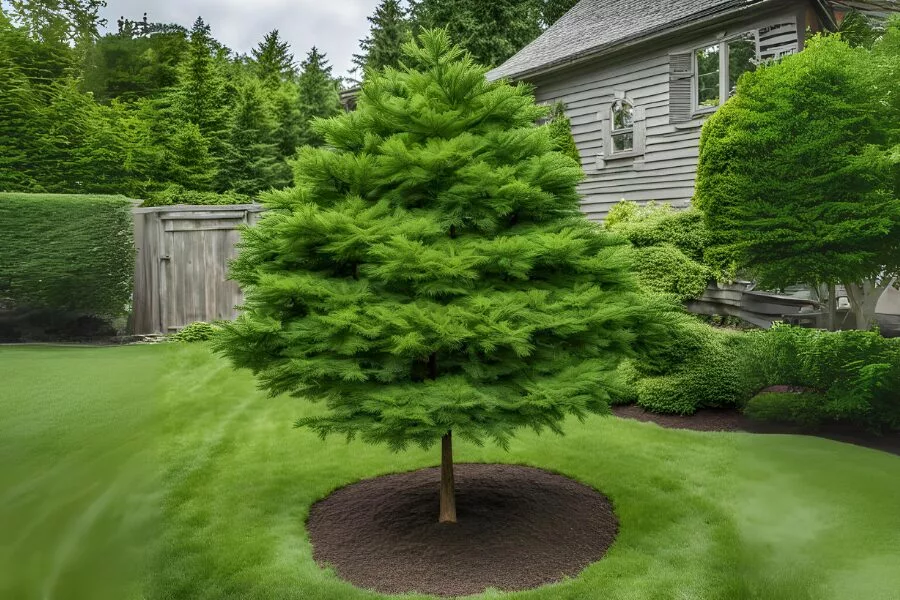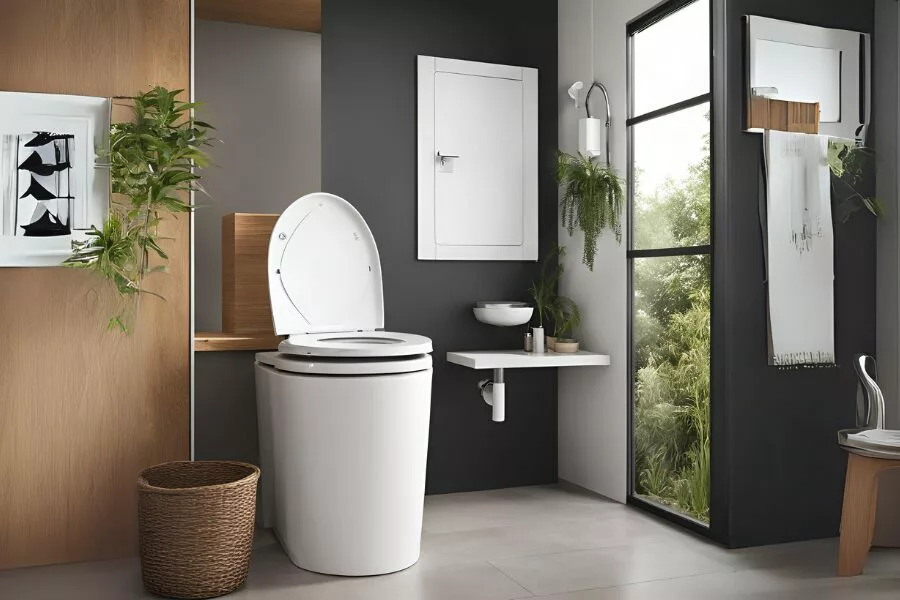Welcome, green thumbs and garden enthusiasts! Today, we’re diving into the world of basil companion planting, a key strategy for anyone passionate about sustainable gardening. Companion planting isn’t just about making your garden look pretty; it’s a science-backed approach to creating a harmonious ecosystem where plants support each other’s growth. And when it comes to basil, this aromatic herb is not just a culinary delight but also a champion in the companion planting arena.

Benefits of Basil Companion Planting
Why pair basil with other plants? The benefits are numerous! Basil acts as a natural pest repellent, deterring insects like aphids and spider mites. It also enhances the flavor of certain vegetables and herbs. Moreover, companion planting with basil leads to a more vibrant and productive garden. It’s a sustainable practice that reduces the need for chemical pesticides, fostering a healthier environment for your plants, local wildlife, and your family.
Unlock Your Savings with Exclusive Offer Coupons
Save big while shopping for sustainable products! Grab your exclusive coupons today!

Understanding Plant Relationships for Successful Companion Planting
Successful companion planting is rooted in understanding the relationships between different plants. Some plants, when grown together, can improve each other’s health and yield. For instance, basil and tomatoes are a classic pairing; basil is known to improve the flavor of tomatoes and also repel pests that commonly affect tomato plants.

Implementing Basil Companion Planting in Your Garden
Good Companion Plants for Basil
• Tomatoes: As mentioned, basil enhances tomato flavor and repels pests.
• Peppers: Basil helps in repelling aphids, spider mites, mosquitoes, and flies.
• Beans: They benefit from the pest-repelling properties of basil.
• Cabbage: Basil helps in warding off common pests like cabbage moths.
Poor Companion Plants for Basil
• Cucumbers: They tend to inhibit the growth of basil.
• Fennel: It’s known to be a poor companion for most plants, including basil.
Also Read: When is Pineapple Season? A Guide to This Tropical Delight
Companion Planting Chart for Basil
• Vegetables: Tomatoes, peppers, beans, lettuce
• Flowers: Marigolds, nasturtiums (also pest repellents)
• Herbs: Oregano, parsley, cilantro

Creating a Sustainable Garden with Basil Companion Planting
Nutrient Uptake and Organic Matter
Basil helps improve nutrient uptake for some plants, contributing to a more nutrient-rich soil. It also helps in adding organic matter to the soil when it decomposes.
Pest Control and Natural Defense Mechanisms
Basil’s strong scent is a natural deterrent for many pests, reducing the need for chemical pesticides.
Crop Rotation for Healthy Soil
Incorporating basil into crop rotation can help maintain soil health and prevent disease.
Proper Soil Type and Conditioning
Basil thrives in well-drained, nutrient-rich soil. Regular composting can enhance soil quality.
Also Read: The Ultimate Guide to Choosing and Nurturing Vine House Plants
Companion Planting Techniques to Enhance Basil Growth
- Strategic placement of basil can maximize its benefits for neighboring plants.
- Managing Common Basil Pests and Diseases
- Regular inspection and natural remedies can keep common basil pests at bay.

The Intriguing Science Behind Basil Companion Planting
Symbiotic Relationships and Synergy of Plants
Basil forms symbiotic relationships with certain plants, leading to mutual benefits.
Understanding the Conditions Basil Thrives In
Basil loves warm, sunny conditions and moderate watering.
Fascinating Field of Study in Companion Planting
The science of companion planting is continually evolving, offering new insights into plant relationships.
Conclusion
In conclusion, basil companion planting is more than just a gardening technique; it’s a step towards a more sustainable, productive, and vibrant garden. By understanding and implementing these practices, you’re not only enhancing your garden’s health but also contributing to a healthier ecosystem. So, why not start your basil companion planting journey today and witness the transformation in your garden?
Ready to transform your green thumb into a sustainable gardening success? Dive into our treasure trove of Home & Lifestyle blogs, where you’ll uncover a world of expert gardening tips and sustainable farming practices.
FAQs:
How can I successfully implement basil companion planting in my garden?
Start by choosing plants that are known to be good companions for basil, such as tomatoes and peppers. Consider the specific needs of each plant in terms of sunlight, water, and soil type.
What are some good companion plants for basil?
Tomatoes, peppers, beans, and certain flowers like marigolds and nasturtiums are great companions for basil.
Are there any plants that should not be planted together with basil?
Avoid planting basil near cucumbers and fennel, as they can inhibit basil’s growth.
How does basil companion planting contribute to a sustainable garden?
Basil companion planting enhances plant health and yield, reduces the need for chemical pesticides, and promotes biodiversity in the garden.
Read Next:
The Ultimate Guide to Sustainable Farming: Tips and Tricks for Success
Zero Waste Kitchen: A Complete Primer on Using a Compost Bin
A Step-by-Step Guide to Building a DIY Sustainable Lettuce Grow Tower
Want to read more like this?
Get similar stories and a free sustainability checklist delivered to your inbox.

Like our content?
Get similar stories and a free sustainability checklist delivered to your inbox.


